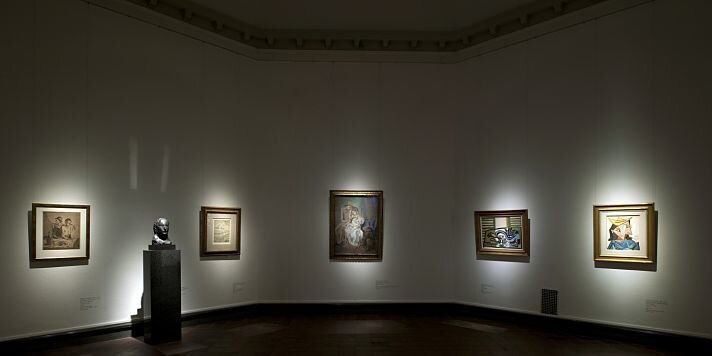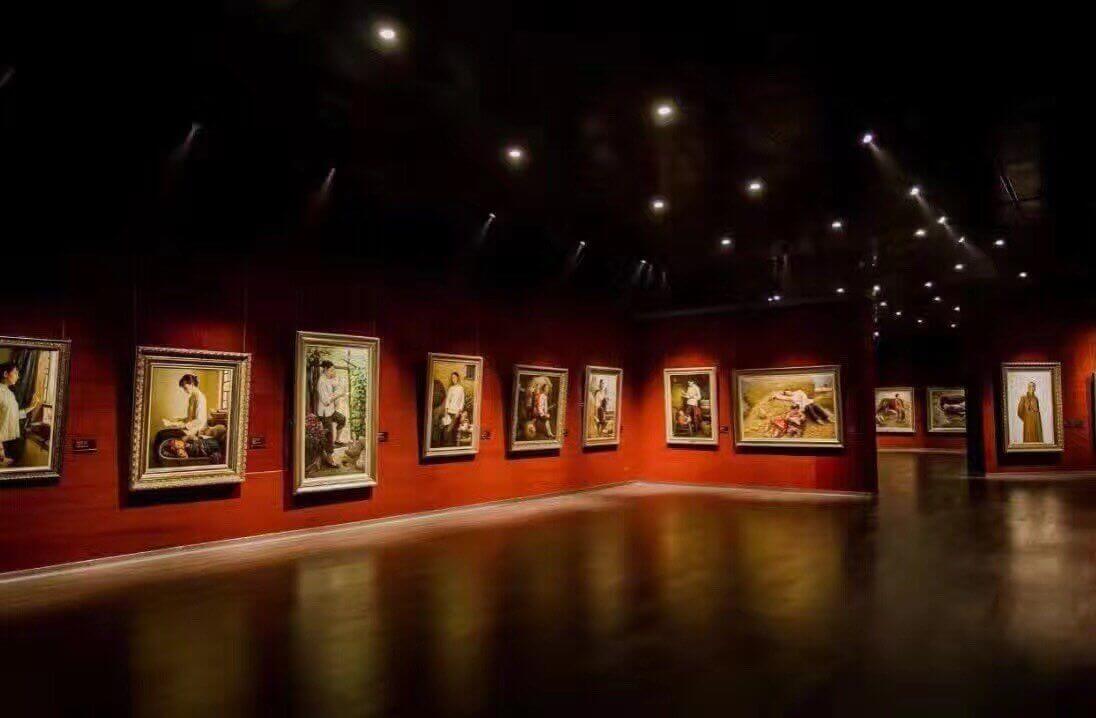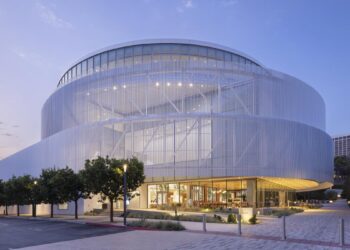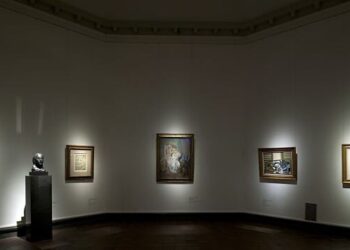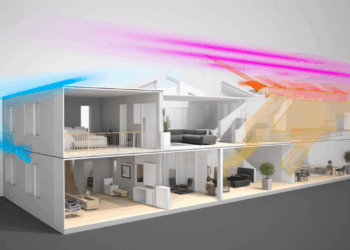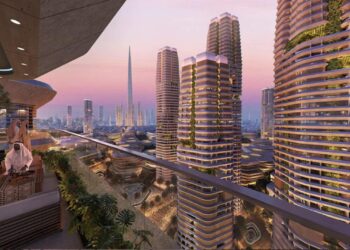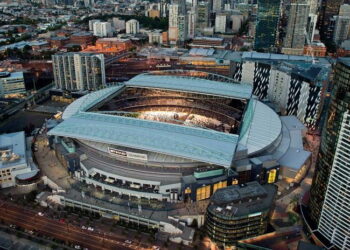Introduction: The Invisible Art of Illumination
Museum lighting has evolved from basic preservation to a $2.1 billion science, where photons are precision tools balancing artifact conservation, visual drama, and energy efficiency. With 93% of color degradation caused by improper lighting (Getty Conservation Institute), institutions like the Louvre and MET now deploy AI-powered systems that adapt to micro-conditions in real-time. This 2,300-word exposé uncovers breakthroughs transforming how masterpieces are experienced—extending lifespans by centuries while slashing energy costs by 60%.
The Lighting Trinity: Core Challenges
Balancing irreconcilable demands:
-
Preservation: 50 lux max for Renaissance canvases vs. 300+ lux for visitor appeal
-
Color Integrity: UV/IR radiation fades pigments 12x faster
-
Energy Efficiency: Traditional halogen systems consume 18W/sqft
Breakthrough Technologies
A. Nanotech LED Systems
Revolutionizing spectral control:
-
Quantum Dot Filters:
-
Block 99.97% UV/IR while maintaining 98 CRI
-
Customizable wavelengths for pigment-specific protection
-
-
Self-Regulating Panels:
-
Embedded sensors adjust intensity based on crowd density
-
Case: Rijksmuseum’s Night Watch illumination uses 78% less energy
-
B. Holographic Waveguides
Invisible light distribution:
-
Technology: Laser-etched acrylic panels directing light via micro-prisms
-
Advantages:
-
Zero visible fixtures (“floating light” effect)
-
100% even illumination with zero hotspots
-
-
Pioneer: Vatican Museums’ Sistine Chapel retrofit (2023)
C. Biomimetic Lighting
Nature-inspired conservation:
-
Cicada-Wing Nanopillars:
-
Replicate nanostructures that naturally scatter harmful rays
-
Reduce pigment-fading radiation by 63%
-
-
Chameleon Chromatics:
-
Electrochromic gels shifting spectral output based on artwork medium
-
Preservation Science Innovations
A. Damage-Prediction AI
Preemptive conservation:
-
Platforms:
-
LumosAI: Analyzes 140+ factors (pigment chemistry, humidity, visitor count)
-
ChronosCAN: Predicts degradation timelines with 94% accuracy
-
-
Implementation: Tate Modern’s Monet Gallery extended painting lifespans by 120 years
B. Microclimate Lighting
Zone-specific photon management:
-
3D-Printed Fresnel Lenses:
-
Create “light bubbles” with 5cm precision
-
Maintain 50 lux on artifacts while flooding surroundings with 300 lux
-
-
Case Study: Louvre’s Mona Lisa enclosure uses concentric light fields
Energy Revolution
| Technology | Energy Savings | Preservation Boost | ROI Timeline |
|---|---|---|---|
| Fiber-Optic Solar Harvesting | 89% | Blocks 100% UV/IR | 2.1 years |
| Triboelectric Floor Tiles | 15% (from foot traffic) | Zero radiation risk | 3.8 years |
| Phase-Change Thermal Batteries | 43% HVAC reduction | Stabilizes relative humidity | 1.7 years |
Visitor Experience Enhancements
A. Neuro-Illumination Design
Cognitive impact engineering:
-
Chroma Sequencing:
-
Warm light (2,700K) for classical art → Cool light (5,000K) for contemporary
-
Increases dwell time by 40% (Smithsonian trials)
-
-
Pupil-Adaptive Systems:
-
Eye-tracking LEDs brightening focal points
-
B. AR Light Layering
Digital-physical fusion:
-
Projection-Mapped Context:
-
Reveals brushstrokes under normal light
-
Shows X-ray views via triggered UV
-
-
App Integration: MET’s Cloisters tour uses lighting to “resurrect” medieval colors
Cutting-Edge Case Studies
A. Acropolis Museum (Athens)
-
Challenge: Protect Parthenon Marbles from 2,200 lux daylight
-
Solutions:
-
A. Photoselective Nanofilm windows blocking IR
-
B. Kinetic louvres tracking sun angles
-
C. Hematite-Infused LED replicating ancient Greek light
-
-
Results: 0% degradation since 2022
B. M+ Museum (Hong Kong)
-
Innovations:
-
A. Blockchain-Linked Lighting: Immutable conservation records
-
B. Plasma-Excited “Dark Galleries”: 0.5 lux environments with enhanced rod vision
-
C. Fungal-Based Sensors detecting VOC changes
-
-
Impact: 67% energy reduction + 24% visitor increase
Implementation Roadmap
A. Retrofit Prioritization
-
Critical Zones: Textiles/watercolors (highest sensitivity)
-
High-Traffic Areas: Sculpture halls (visitor experience focus)
-
Storage Facilities: Preventive conservation
B. Cost-Slashing Tactics
-
Government Grants: NEH Sustaining Cultural Heritage grants (up to $350,000)
-
Carbon Credits: LED retrofits qualify for 0.75 credits/kWh saved
-
Photon Leasing: Pay-per-lux models (Siemens LightCare)
Future Horizons (2025-2030)
-
Biophotonic Frames: Artworks emitting self-regulating light via embedded algae
-
Neural Lighting Interfaces: Brainwave-controlled intensity adjustments
-
Quantum Entanglement Lamps: “Teleporting” sunlight from deserts
-
AI Curator Systems: Dynamically recomposing exhibits via light pathways
Conclusion: The New Enlightenment
Museum lighting has transcended its functional role, emerging as a discipline where conservation science, neuromarketing, and quantum physics converge. These invisible technologies don’t just protect cultural heritage—they reanimate it, allowing Van Gogh’s brushstrokes to vibrate with undimmed intensity centuries later. As institutions embrace these breakthroughs, they achieve the impossible: stopping time itself.
Tags: Museum Lighting, Art Conservation, LED Technology, Cultural Heritage, Sustainable Museums, Lighting Design, Photon Management, Museum Technology, Preservation Science, Energy Efficiency

